Always sticking to brand names
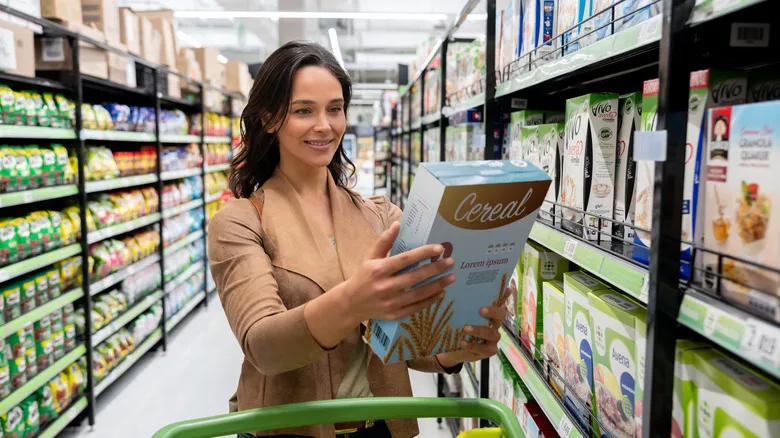
Many of us tend to stick to familiar choices when grocery shopping. It’s much more convenient to zip through the aisles, tossing the same branded items into our carts without considering other options. However, consistently opting for big-name brands can be costly, and it doesn’t necessarily guarantee superior quality.
According to The Standard, the U.K.-based consumer group Which? discovered in a blind taste test that Heinz mayonnaise was outperformed by a supermarket's own brand, which was priced at about half the cost. Additionally, Heinz baked beans were nearly three times more expensive than the top-rated store brand. This finding aligns with the well-known Consumer Reports study from 2012, which indicated that store brands often receive ratings comparable to those of well-known brands.
Next time you’re at the grocery store, look for store brand products that are significantly less expensive than your usual choices. Consider trying the cheaper brand for a week to see if you notice any difference. If you’re shopping for family members, don’t mention the switch. You can always revert to the big brand if you find the cheaper option lacking, but you might be surprised at how similar they are. Many store brand items are produced in the same facilities as the leading brands, so your taste buds may not even detect a difference—though your wallet will certainly appreciate the savings.
Shopping without a list

Heading to the grocery store without a shopping list is a recipe for disaster. Without a clear plan, you’ll likely wander through the aisles, picking up unnecessary items, and your total will add up quickly. Plus, you might forget some crucial items, leading to an inconvenient second trip later. Taking a moment to jot down a quick list before you leave will help you focus on the sections of the store you need to visit first.
If traditional pen and paper feel outdated to you, there are numerous smartphone apps available that let you update your list throughout the week. Other family members can also modify the list from their devices, so you won’t have to worry about forgetting your partner’s favorite drinks or snacks for the kids!
If you have a little extra time, consider organizing your list by aisle to make your shopping trip as efficient as possible. Regardless of how advanced your list is, bringing one to the store is essential, so take a few minutes to prepare in advance and save yourself time and money in the long run.
Failing to organize your fridge before you go to the store
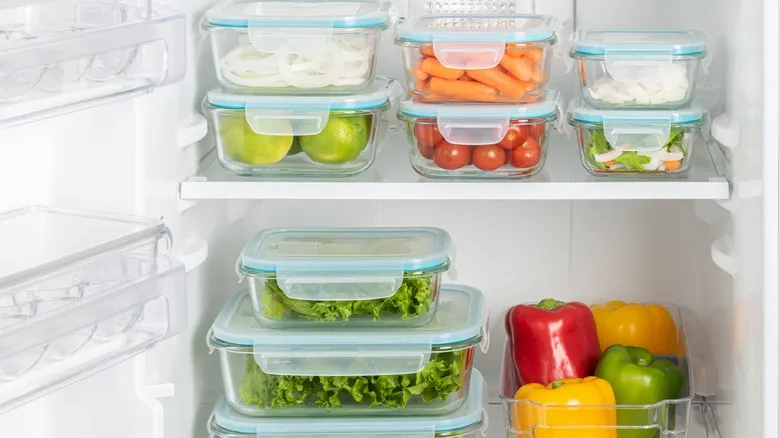
After a lengthy shopping excursion, few things are more frustrating than hauling your grocery bags into the kitchen, only to find a chaotic fridge waiting for you. It’s hard to feel excited about the tasty meals you plan to create when there’s no room to store your fresh ingredients for the week.
Taking the time to organize your fridge before heading to the store can simplify the entire process and potentially save you money in the long run. You might uncover items you forgot you had, like a bag of lemons tucked away in the vegetable drawer or a jar of mustard hiding at the back of the fridge. This task can be particularly beneficial before you start your weekly meal planning, as it may spark inspiration from ingredients you had overlooked.
Once your fridge is clean and orderly, you can go to the store with confidence, knowing there will be ample space for your fresh produce upon your return. When restocking the fridge, place items with the longest shelf life at the back and keep the more perishable foods at the front to prevent anything from spoiling unnoticed. This straightforward routine can help minimize food waste and alleviate mealtime stress—something we could all use after a hectic day.
Forgetting to check freezer space before buying in bulk
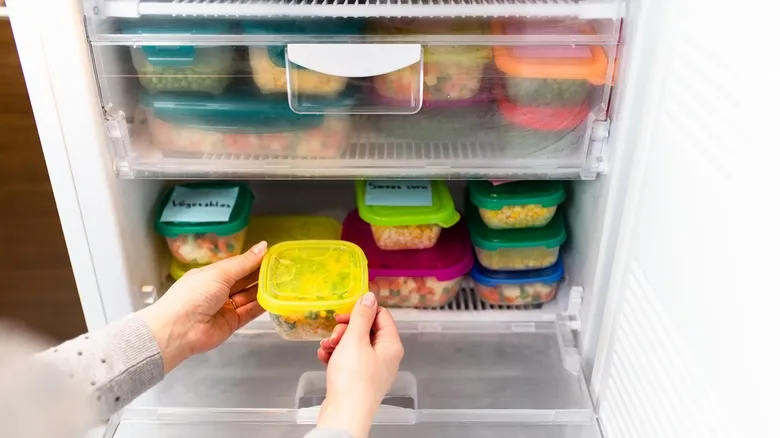
Before you head to the store, it's essential to check both your fridge and freezer space. You don’t want to splurge on a large pack of meat that's on sale only to discover that your freezer is already overflowing. This could result in increased food waste, as items you intended to freeze may need to be consumed sooner than expected.
To create additional space in your freezer, consider reorganizing it before your shopping trip. If you have several half-empty containers, think about consolidating them into freezer bags, which can significantly minimize the space they occupy. For future reference, liquids like soups or sauces can be placed in plastic freezer bags and frozen flat, rather than in tall containers that take up valuable shelf space.
Not planning your meals for the week
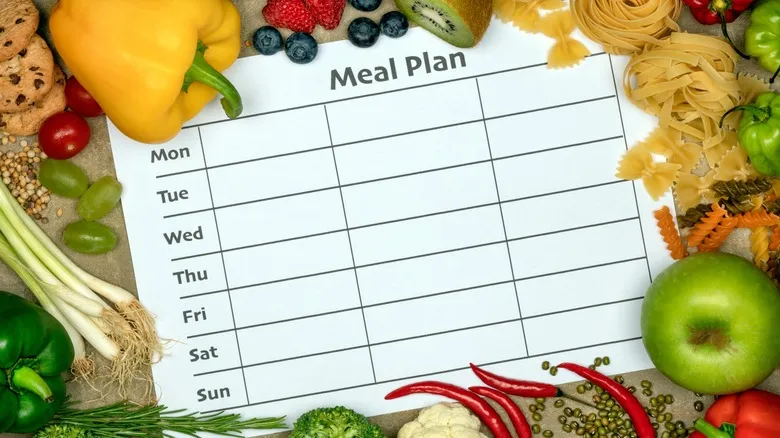
Meal planning might appear to be a task reserved for those who are exceptionally organized and have plenty of spare time, but in reality, dedicating just a few minutes each week to outline your meal ideas can save you both time and money in the long run. Shopping without a meal plan often leads to purchasing more ingredients than necessary and may result in opting for expensive convenience foods when you run out of ideas.
The effectiveness of meal planning lies in its ability to help you customize your meals based on the ingredients you already have in your fridge, freezer, and pantry. Additionally, you can save money by buying larger quantities of meat and using it across several meals throughout the week. For instance, a roast chicken on Sunday can be transformed into chicken tacos or chicken salad later in the week.
Moreover, meal planning can encourage healthier eating habits. When your weekly meals are pre-planned before you head to the store, you’re less likely to be tempted by the junk food aisle. There are numerous apps available to assist with meal planning, as well as websites that allow you to input the ingredients you have and suggest meals you can prepare. These tools can make meal planning more accessible and even turn it into an enjoyable family activity.
Automatically buying everything organic
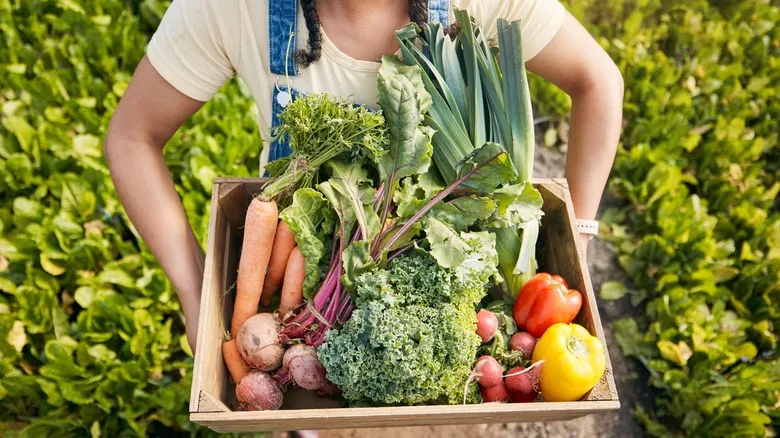
To maintain the health of yourself and your family, you may have thought about purchasing organic products. The term "organic" often leads us to believe that the food is healthier, but it typically comes with a significant price increase compared to conventional produce. This is due to the higher costs associated with growing organic, small-scale crops, as well as the expenses farmers incur for certification. Since many of us can't afford to buy everything organic, it's important to know which organic foods have the greatest impact on our health.
The primary concern with conventionally grown produce is the presence of pesticides, which can be absorbed by the body and potentially lead to health issues. The Environmental Working Group (EWG) publishes two annual lists that highlight the crops in the U.S. with the highest and lowest pesticide residues. The 12 most contaminated crops are featured on the Dirty Dozen list, and in 2024, all but cherries contained at least 50 different pesticides. Unfortunately, many popular fruits and vegetables, such as apples and grapes, are included on this list, with strawberries being the most contaminated. Whenever possible, it's advisable to purchase these 12 fruits and vegetables in their organic form, as the extra cost is likely justified.
On a positive note, the EWG's Clean Fifteen list offers a way to save money. This list includes 15 crops that have the lowest pesticide levels, with 65% of them containing none at all. You can confidently buy conventionally grown avocados, carrots, and mushrooms, allowing you to save money for organic strawberries instead.
Buying pre-prepped food

Regardless of how passionate you are about cooking at home, we all occasionally resort to shortcuts in the kitchen, and convenience foods are a quick way to save a few minutes here and there. While chopping an onion may only take a moment, the allure of a pre-chopped bag that spares you the hassle of peeling, slicing, and, of course, shedding tears can be hard to resist, even if it costs significantly more than a whole onion. However, relying too heavily on convenience can add up over time, impacting your budget and diminishing the quality of the ingredients that end up on your plate.
The same principle holds true for ready-made meals that can be popped straight into the oven or microwave with no preparation required. While each meal might not seem much pricier than the individual ingredients, if you’re planning meals and buying in bulk, preparing your own food will be considerably more economical in the long run.
To simplify cooking from scratch, focus on making simple meals with just a few ingredients that require minimal preparation and cleanup. If you have a day each week when you have more time, consider pre-chopping all your vegetables and freezing them. This way, you can enjoy the convenience of ready-to-use ingredients at a fraction of the cost.
Not sticking to the perimeter of the store
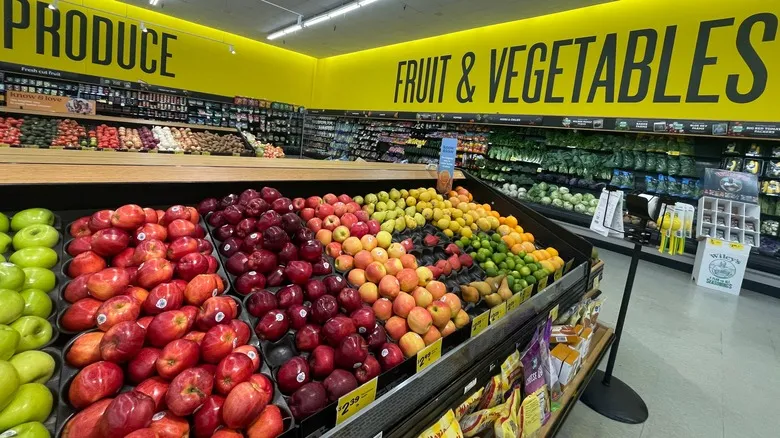
You might be surprised to learn that the way you move through the store can significantly impact the healthiness of your shopping cart by the time you reach the checkout. In most supermarkets, the healthiest options are typically located along the outer aisles, while the center aisles are filled with shelf-stable foods that are often more processed.
As you enter most grocery stores, you'll encounter the fresh produce section, which features an array of fruits, vegetables, and herbs that can enhance the nutritional value of your homemade meals. You may also find nuts and seeds in this area, which can provide high-quality protein for your breakfasts and snacks.
The next few aisles or the back wall of the store usually contain meat, fish, and dairy products, giving you the opportunity to purchase fresh ingredients for your home-cooked dinners. One notable aspect of these foods is that they are less influenced by the marketing tactics that dominate other parts of the store. If you have children (or easily influenced adults) with you, they are less likely to be drawn into the allure of big brand products.
In the center of the store, you'll encounter boxes and cans of processed foods, including sugary cereals, instant noodles, and soda, among many others. If you're looking to eliminate these types of items from your diet, it's best to steer clear of these aisles altogether. They not only offer poor value for your money but also contain ingredients that are detrimental to your health.
Reaching for the items at eye level

If you've ever entered your neighborhood grocery store and felt exasperated by the inability to locate your usual items due to a rearrangement, you might question the reasoning behind it. A significant amount of psychological strategy influences the placement of products within the store, with the primary goal being to encourage customers to buy the most lucrative items or to maximize their spending. For instance, candy bars at the checkout are strategically positioned as potential impulse purchases as you unload your cart onto the conveyor belt.
Eye level is regarded as the most advantageous spot for selling to consumers, as most of us are unlikely to bend down or reach up for alternatives when there's a perfectly acceptable item right in front of us. Some brands even pay extra to secure eye-level shelf space, which means you could be overlooking a better value or higher-quality product simply by sticking to the same section of each shelf.
Now that you have this insight, you can outsmart grocery marketing tactics by stepping back and surveying the entire shelf before making a decision. Additionally, be cautious about automatically choosing items that are on special offer at the end of the aisle; without the context of the rest of the shelf, you may not realize if you're truly getting a good deal.
Shopping without a budget

Shopping for groceries without a budget is a surefire way to overspend. If you're unaware of your spending limit, how can you tell if you've gone overboard? A 2019 poll by the CFP Board revealed that two out of five Americans have never created a household budget, indicating that 40% of people may not even realize when they're overspending. To regain control over your grocery expenses, it's essential to determine your spending limit before you shop.
If you're unsure where to start, begin by gathering your grocery receipts for a few weeks and analyzing where you might be spending more than anticipated. Don't forget to include all takeout meals and coffee purchases, as these can quickly accumulate and inflate your overall food costs. Once you've calculated your average weekly food expenditure, you can compare it to your monthly income and assess whether adjustments are necessary.
Buying produce out of season
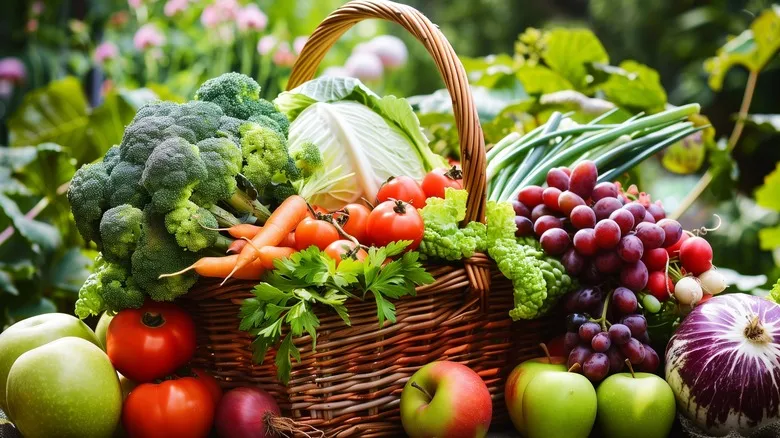
You’ve probably heard that purchasing seasonal produce is a good idea, but do you know the reasons behind it? Beyond the fact that it tastes significantly better—if you’ve ever enjoyed a perfectly ripe strawberry or peach in the summer, you know what I mean—it can also help you save money and lessen your carbon footprint.
Typically, seasonal foods are grown locally, which means they don’t have to travel far to reach you. This reduced transportation cost allows for savings to be passed on to you, the consumer.
Moreover, with less carbon emissions generated during transport compared to out-of-season imports, the nutritional quality of seasonal produce is often superior. The longer food is stored, the more its nutritional value diminishes, making seasonal options the healthiest choice for you as well.
Going shopping while hungry

Regardless of how strictly you intend to adhere to your shopping list, there will inevitably be times when a product catches your attention. Before you realize it, it’s in your cart. This happens to everyone, but these spontaneous purchases can accumulate over time, resulting in higher grocery bills and a significant impact on your finances.
While grocery stores are intentionally designed to promote these unplanned purchases, there are steps you can take to minimize them. One effective strategy is to ensure you eat something before going to the store. Shopping on an empty stomach can lead to impulsive decisions, as your cravings may drive you to buy items that satisfy your hunger rather than focusing on nutritious foods for the week. By shopping when you’re not hungry, you can more easily stick to your list and lower the likelihood of adding unplanned items to your cart.
Looking at individual prices instead of unit prices
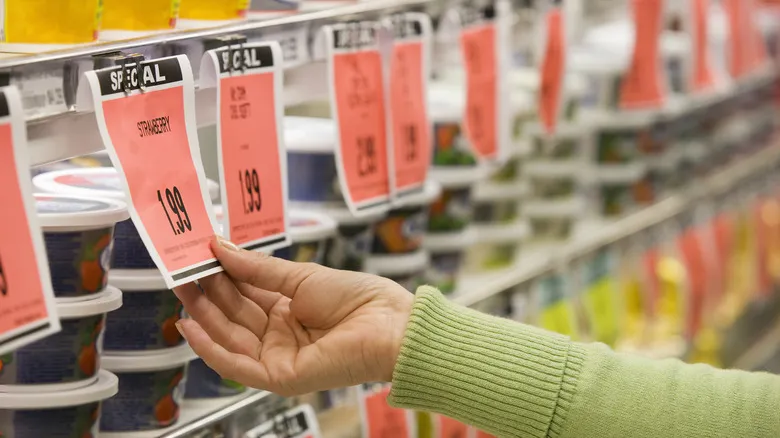
In the hustle to complete your shopping at the end of a hectic day, you might be tempted to grab the cheapest item for your cart. However, the lowest price doesn’t necessarily equate to the best value. Many of us lack the time or desire to calculate whether different pack sizes offer the same worth, but by paying attention to unit pricing, you can easily determine the most economical choice.
Unit prices enable you to assess the cost per pound or per liter for the same product available in various sizes. Typically, you can find the unit price displayed on the shelf, in small print beneath the main price tag. By taking a few extra moments to compare unit prices while grocery shopping, you could end up saving a considerable amount, as those savings accumulate over multiple visits to the store.
Recommended
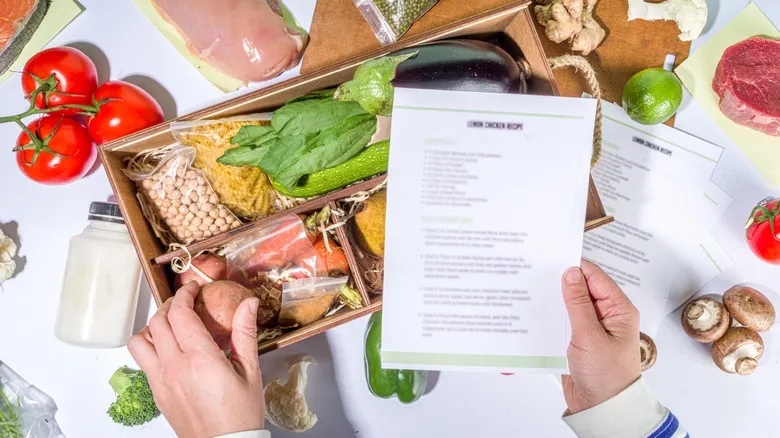
How To Save Even More Money With Costco's Convenient Meal Subscriptions
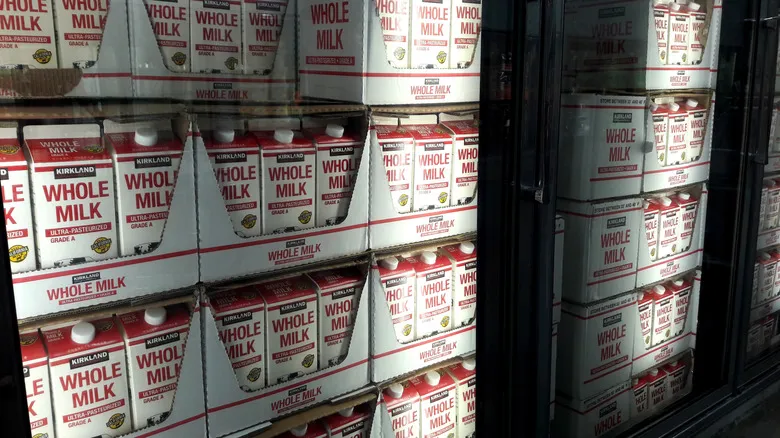
Why You Should Avoid Buying Milk At Costco
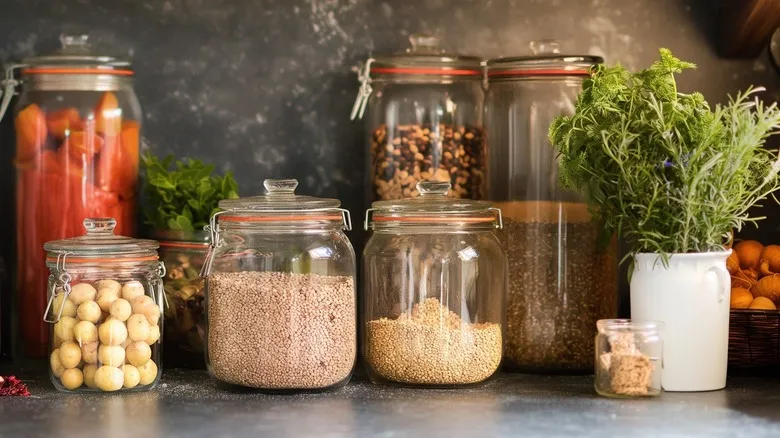
9 Pantry Ingredients That Professional Chefs Buy Cheap
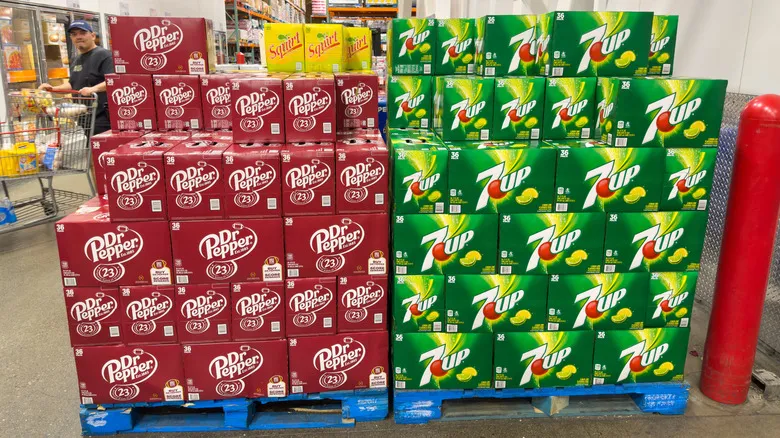
Why You Should Avoid Buying Soda At Costco
Next up

